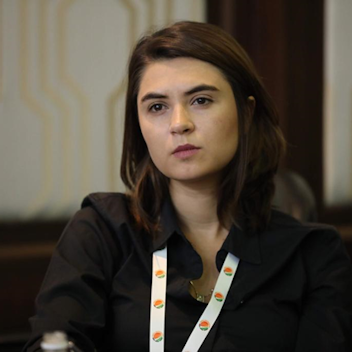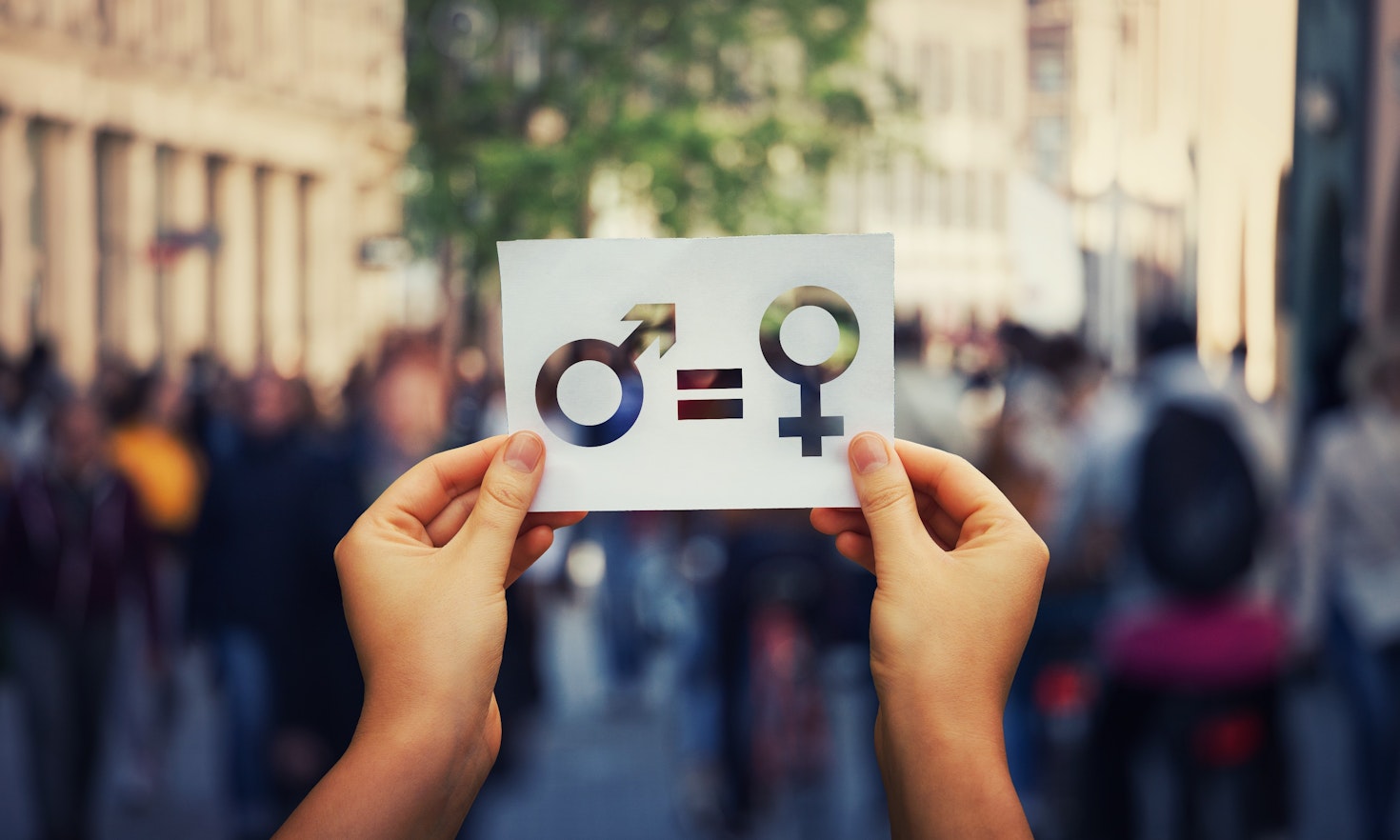
Public Outreach: Breaking Free from the Ivory Tower and Unleashing Your Inner Research Star!
 Ana Tereza Fernandes
Ana Tereza Fernandes
One hundred years after the first women achieved the right to vote and sit in parliament in many European states, the data shows that women continue to be under-represented in politics and public life in the European Parliament, national parliaments and governments, and local assemblies. However, after the most recent European elections this spring there is some cause for cautious optimism for the future development of the European Union. A slight wind of change has arrived…
According to a European Parliament’s in-depth Eurobarometer survey, a significant increase in young people with a pro-European mind-set cast a vote in the 2019 European elections.[1] The overall turnout in in these elections increased by 8 points to 50.6%, resulting in the highest participation since 1994. Citizens’ support for the European Union remains at its highest level since 1983 with 68% believing that their country has benefitted from being a member of the EU. Even more significant for the democratic legitimacy of the EU is the steep increase in European citizens believing that ‘their voice counts in the EU’ to 56%, which means an increase of 7 points since March 2019 and the highest result since this question was first asked in 2002. However, perhaps most crucial of all, and in contrast to national elections, is the fact that it was Europe’s young and first time voters who drove turnout figures up! 42% of the 16/18-24 year old citizens voted in the European elections meaning their participation rose by 50%, compared to the youth turnout of only 28% in 2014. Similarly strong was the 34% increase in the age group of 25-39 years, rising from 35% to 47%.
Top issues which impacted on citizens’ voting decision were the economy and growth (44%), climate change (37%) as well as human rights and democracy (37%). 36% of citizens desire to influence the way the EU will work in future.
Did these issues also influence the voting decision with regard to gender, presuming that women as MEPs would represent these topics better? An important and not new question therefore is: What is the current gender (im)balance in decision-making in the EU?
According to data from the European Institute for Gender Equality (EIGE’s 2017 Gender Equality Index) across the 28 EU member states women make up only 20% of Constitutional Court presidents, 22% of National Academies of Science presidents and members and 21% of Central Bank Governors deputy/vice-governors and members. Women are also under-represented in the field of political decision-making: 37% of the Members of the 2014-2019 European Parliament were women, and at the member state level, the percentage of women members of the national parliaments is even lower at, on average, only 30%.
According to the European Parliament’s Policy Department for Citizens’ Rights and Constitutional Affairs (“Women in political decision-making in view of the next European elections”, February 2019) gender parity in representative politics is not only a question of social justice and women’s rights, but also a condition of effective democracy and good governance that strengthens and enhances the democratic system. The issue is even more relevant when considering the current political context: the increased support for populist and far right parties does not benefit gender balance. Indeed, these political parties show an anti-gender and anti-EU identity, and often defend traditional gender roles and family structures. Furthermore, data on the percentage of women and men members of the last European Parliament by each European political group suggests that left-leaning parties are better at ensuring gender parity.
Every European Parliament election has seen the slow and steady rise of the representation of women as MEPs – from 15% in 1974 to 37% in 2014. The constituent session[2] of the newly elected parliament shows that this trend continues: 41% of the MEPs are women, however, there are noticeable differences between the Member States. Cyprus (0%) and Slovakia (15%) lag far behind, while Sweden is at the top of the list (55%), followed closely by Finland (54%). Currently, women hold 286 of the 751 seats in the EU parliament, therefore the gender balance is above the 30.2% average of the EU’s national parliaments.
Time will tell if this increased female representation will influence the topics on the political agenda.
There is also the issue of who will take the top jobs in the European Commission – until now most of the top jobs have been held by men. In the existing setup, Member States have elected for the first time a woman President of the European Commission, Ursula von der Leyen and, of no less importance in terms of the world’s view of the EU, was the appointment of Federica Mogherini as foreign policy chief in 2014. Let’s hope that this new trend becomes the norm.
 | Carolin Zwilling is a senior researcher and coordinator of the Institute for Comparative Federalism of Eurac Research. Her main research fields are comparative Italian and European constitutional law, territorial autonomies, and cross-border cooperation. |
[1] http://www.europarl.europa.eu/at-your-service/files/be-heard/eurobarometer/2019/election2019/EB915_SP_EUROBAROMETER_POSTEE19_FIRSTRESULTS_EN.pdf
[2] https://www.election-results.eu/mep-gender-balance/2019-2024/
This content is licensed under a Creative Commons Attribution 4.0 International license.